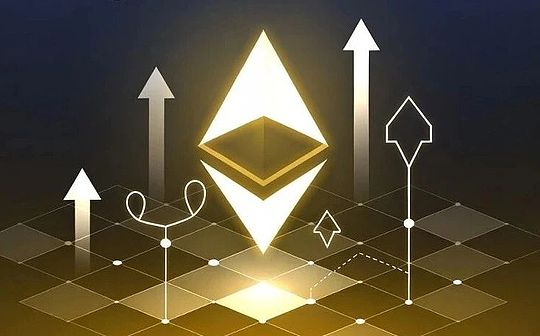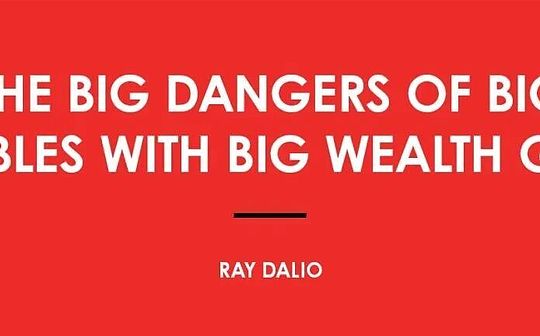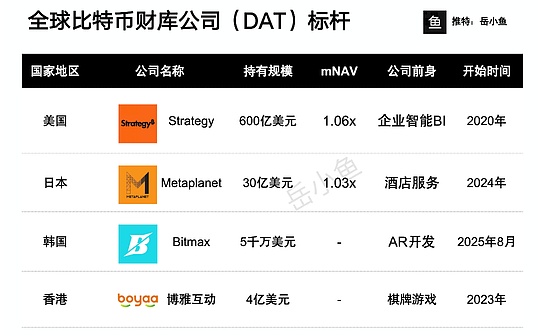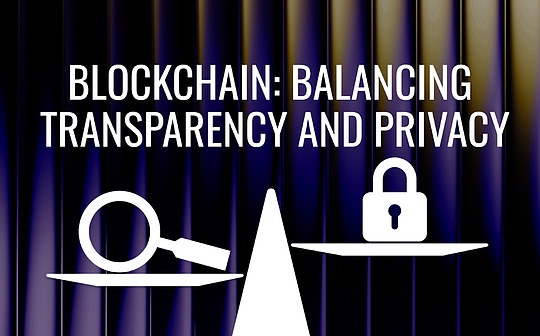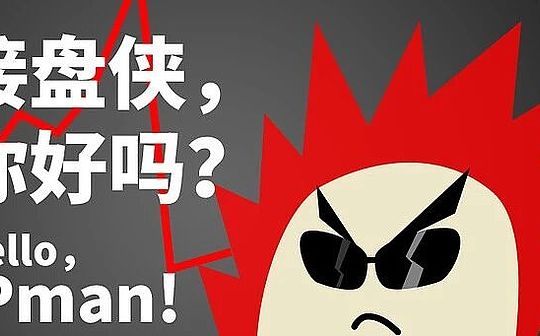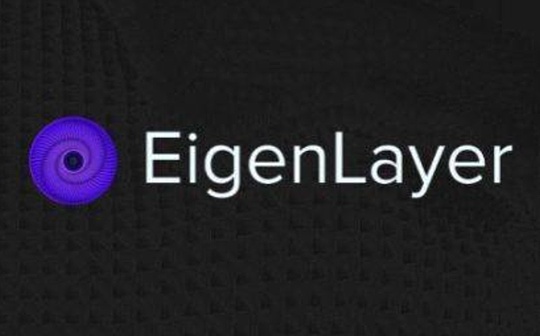
Author: Juan Pellicer, Researcher of IntoTheBlock Translation: Shan Oppa, Bitchain Vision
With the advent of EigenLayer, the Ethereum ecosystem is facing major evolution.This innovative framework was developed by the Eigen Labs team and aims to improve the security and practicality of the entire Ethereum network.Using smart contracts, EigenLayer enables ETH stakeholders to expand their engagement by validating various new software modules.This development not only strengthens the security infrastructure of the network, but also paves the way for new value creation options and innovative solutions.
Historically, blockchain has been struggling to cope with the challenges of decentralized trust.While Ethereum’s programmable efforts have ushered in a new era of modular development, it has led to a decentralized security model across a variety of applications and services.EigenLayer attempts to unify this by providing a security umbrella for various modules from the data layer to oracle networks.Its mission is to transform EigenLAyer into a market of decentralized trust.
TVL accumulates quickly
One of the best indicators of EigenLayer demand to date is its total locked value (TVL) realized in restaking, which has exceeded $10 billion since opening up deposits in June 2023.This milestone demonstrates the Ethereum community’s commitment to ensuring and enhancing network infrastructure through EigenLayer.

Unprecedented demand
Demand for the platform reached an unusual peak on February 6, with a single-day deposit of more than $1 billion.This extraordinary influx demonstrates the desire of community to participate in EigenLayer:

By examining the composition of TVL, it is obvious that the deposit consists mainly of WETH and stETH, both of which are supported by Eigenlayer.WETH is the preferred method for those who stake directly from validators via EigenPods.This observation suggests strong demand for Ethereum holders to participate in resolidge activities.Furthermore, it may indicate that many holders are cautious about holding liquid staking tokens directly, indicating that people tend to choose to offer staking rewards without taking the associated holding risks:

How EigenLayer works
EigenLayer introduces a novel framework for Ethereum that enables ETH stakeholders to contribute to the security of multiple blockchain modules through a mechanism called resolution.This process aggregates the security of various modules, including consensus protocols and data layers, without undermining the inherent trust of the Ethereum network.In addition, it allows stakers to earn fees from modules they choose to protect, thus opening up new sources of income for stakers.The platform acts as a hub of innovation that allows testing and integration of new blockchain technologies while relying on the trust established by Ethereum validators.

These software modules, also known as active verification services (AVS), are systems that require their own distributed verification semantics for verification, such as sidechains, data availability layer, new virtual machines, guardian networks, oracle networks, bridges, thresholdsPassword scheme, and a trusted execution environment.Some of the AVS currently built on EigenLayer include EigenDA, Espresso, Witness Chain, Omni, and Lagrange.
The platform aims to address the limitations of traditional blockchain verification models by allowing for wider and more efficient use of staking assets.It provides solutions to the challenge of guiding new chain-based services, reducing the complexity and cost of building new trust networks.By creating a more connected and flexible security infrastructure, EigenLayer aims to foster a new era of license-free innovation where developers can leverage Ethereum’s collective security to launch and scale new applications and services.
Economic Impact
In addition to improving security, EigenLayer also introduces a novel economic model for stakeholders.By participating in validating additional AVS, stakers can unlock new revenue streams, thereby enhancing the value proposition of their holdings.Additionally, EigenLayer acts as a test network for emerging technologies, allowing for real validation of incoming novel concepts such as Danksharding and proposer/builder separation.This is the key point to accelerating Ethereum innovation.Furthermore, by democratizing access to secure resources, it lowers the barriers to new projects, thus contributing to a wave of innovation that has been previously limited by the challenges of building trust networks that require billions of dollars in collective security.
Currently, 24.84% of all liquid staking tokens have been re-staked on EigenLayer.This important proportion (nearly a quarter of the supply of liquid pledged tokens) emphasizes the shift in stakers toward a more participatory role in Ethereum.In addition, the total share of Ethereum used for restaking continues to grow steadily, currently accounting for 2.38% of the total ETH supply:
The rise of Ethereum LRT
Liquid Restake Tokens (LRT) are becoming an important part of the Restake ecosystem.The LRT protocol acts as an aggregation layer, accepts ETH or Liquid Stake tokens (LST), deposits them into services integrated with Eigenlayer, and issues “receipt tokens” representing deposited funds.The token can then be used in the DeFi realm, improving capital efficiency and providing a layer of protection when reducing risks.
It turns out that demand for these tokens is very high.More than $5 billion has been deposited in over 10 light rail protocols.Today, there are more than 100,000 holders of LRT, only those holding large amounts of (non-dushy) of these tokens:

Ether.fi and its eETH tokens are pioneers in the LRT protocol field, TVL has over $1.8B.Followed by pufETH from Puffer Finance, which has over 45,000 holders:


Overall, EigenLayer is a transformative project that reimagines how to achieve security and validation in the Ethereum ecosystem.By allowing ETH stakeholders to restake and validate various AVS, not only enhances the security of the ecosystem, but also opens up new economic opportunities while promoting innovation.In addition, the rise of light rail highlights the growing demand for mechanisms to improve capital efficiency and reduce risks, further explaining the ecosystem initiated by EigenLayer.As Ethereum continues to consolidate its position as a leading blockchain, EigenLayer’s role is to shape its future through security expansion and economic innovation.

